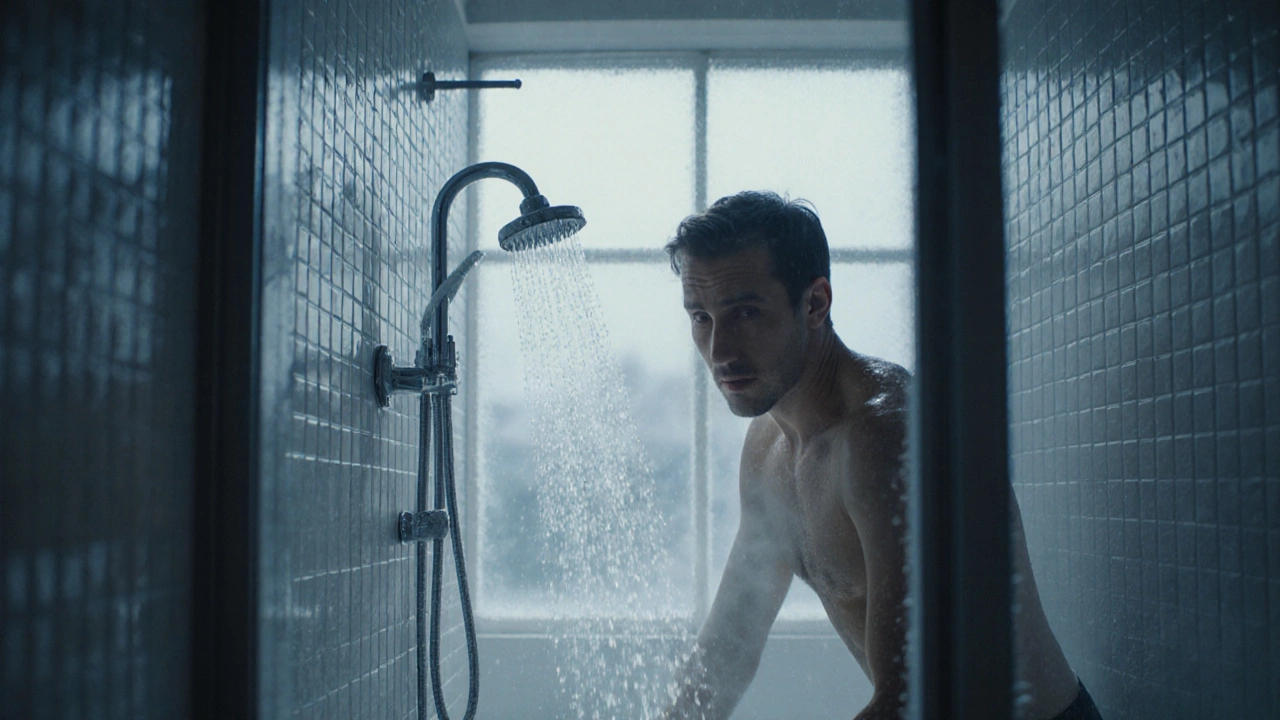Discover why hot water stops flowing, from thermostat failures to pilot‑light problems, and learn practical DIY steps to restore hot water fast.
Hot Water Not Working – Fast Fixes & What to Check
When dealing with hot water not working, a situation where taps, showers or appliances fail to deliver heated water. Also known as no hot water, it usually points to a problem in the home’s heating or water‑heating system. Most households hit this snag at the worst possible moment, and the reasons range from a simple thermostat glitch to a full‑blown boiler failure. Below we break down the main players, how they interact, and what you can test before dialing a pro.
A water heater, the appliance that stores and heats domestic water for everyday use is the heart of any hot‑water supply. When it stops heating, the symptom shows up as cold showers, lukewarm taps, or a complete lack of hot water. The water heater can be electric, gas‑fired, or part of a combi‑boiler system. Its key attributes are the heating element or burner, the thermostat, and the anode rod that protects against corrosion. If any of these parts fail, the whole system stalls.
Most modern homes rely on a boiler, a closed‑loop vessel that heats water for radiators and domestic hot water. Boilers come in combi, system and regular types. The boiler’s primary job is to raise water temperature, then push that hot water through pipes to the heater or directly to taps. When the boiler’s pressure drops, the pump sputters, or the gas valve sticks, the result is exactly what we’re trying to avoid – hot water not working. Checking the boiler’s pressure gauge, listening for the pump’s click, and confirming that the gas supply is on are quick first‑step diagnostics.
Common Causes and First Steps
Start with the obvious: is the power on? An tripped circuit breaker or a blown fuse will silence an electric heater instantly. For gas‑powered units, make sure the gas valve is open and the pilot light (if present) is lit. Next, examine the thermostat setting – a low temperature can make it feel like there’s no hot water at all. If the thermostat appears fine, move on to the pressure relief valve on the boiler; a leak there can drop pressure and shut the system down.
Another frequent culprit is a blocked or frozen inlet pipe. In colder weather, the pipe that feeds cold water into the heater can ice over, starving the system of supply. Thawing the pipe with warm (not boiling) water often restores flow. Sediment buildup inside the tank or heat exchanger also reduces efficiency. Flushing the heater annually clears the sludge and restores proper heat transfer.
If you have a combi‑boiler, remember it supplies hot water on demand. A clogged heat exchanger or a failing diverter valve means the boiler can heat water for radiators but not for taps. Running the hot tap for a minute while the boiler fires up can reveal a delay that points to a stuck valve.
When DIY checks don’t solve the issue, it’s time to think about the people who can safely fix it. A Gas Safe Engineer, a certified professional authorized to work on gas‑powered appliances brings the legal clearance and technical know‑how to handle gas boilers, burners, and safety devices. Hiring someone without the right certification can void warranties and create dangerous conditions.
While the engineer works, the homeowner can still prevent future breakdowns. Regular maintenance – an annual boiler service, a yearly heater flush, and a quick visual inspection of pipes – catches wear before it causes a cold shower. Keeping the area around the boiler clear of clutter ensures proper ventilation and easy access for service.
Putting all these pieces together creates a clear chain of responsibility: hot water not working often originates from the water heater, which depends on the boiler’s performance, and both rely on correct gas or electrical supply. A certified Gas Safe Engineer influences the final outcome by ensuring safe, code‑compliant repairs.
Below you’ll find a curated list of articles that dive deeper into each of these topics. From troubleshooting a boiler that won’t fire to detailed guides on flushing a water heater, the collection covers every step you might need. Whether you’re comfortable with a quick DIY check or prefer to call in a professional, the posts ahead give you the insight to get your hot water back on track fast.

